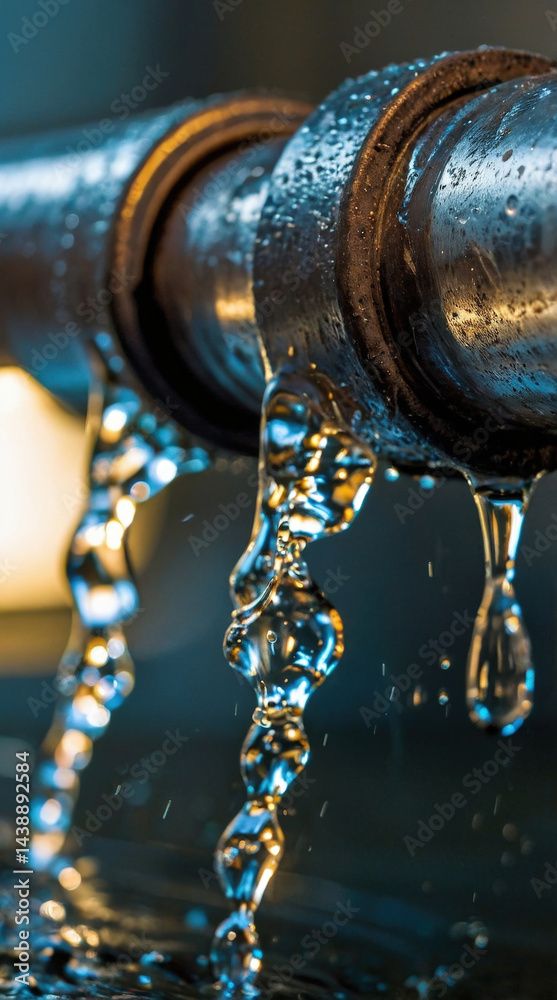Ensuring the integrity of sealed systems—such as pipelines, tanks, vacuum chambers, and pressurized enclosures—is essential for safety, efficiency, and environmental protection. One of the most reliable methods for Leak detection Manchester in such systems is vacuum testing, a technique that identifies even the smallest breaches by observing pressure changes under controlled negative pressure conditions.
What Is Vacuum Testing?
Vacuum testing involves creating a partial vacuum inside a sealed system and monitoring for changes in pressure that indicate a leak. When a system is evacuated below atmospheric pressure, any imperfections, cracks, or loose fittings allow air to enter, producing measurable pressure fluctuations. This method is widely used in industrial, laboratory, and manufacturing applications to ensure that sealed systems remain leak-free.
How Vacuum Testing Works
- System Preparation: The system is emptied of gases or liquids and sealed completely. All vents, valves, and access points are closed.
- Evacuation: A vacuum pump reduces the internal pressure to a predetermined level below atmospheric pressure.
- Monitoring: Pressure gauges, transducers, or electronic sensors continuously monitor the system for any rise in pressure, which indicates air ingress through a leak.
- Leak Identification: Depending on the setup, the leak can be localized by:
- Measuring pressure changes at multiple points.
- Using tracer gases in combination with detection instruments.
- Applying soap solution or fluorescent dyes at suspected leak sites.
- Verification and Repair: Once leaks are located, appropriate repairs are conducted, and the vacuum test is repeated to confirm system integrity.
Advantages of Vacuum Testing
Vacuum testing provides several benefits for leak detection in sealed systems:
- High Sensitivity: Detects very small leaks that may not be evident under normal operating pressure.
- Non-Destructive: Does not damage the system and can be performed without disassembly.
- Versatile Applications: Suitable for pipelines, storage tanks, HVAC systems, vacuum chambers, and even automotive components.
- Quantitative Results: Provides measurable data on leak rates, helping prioritize maintenance.
- Immediate Feedback: Changes in vacuum are observed in real time, allowing for quick identification of compromised areas.
Applications Across Industries
- Industrial Manufacturing: Ensuring the integrity of sealed tanks, reactors, and pressure vessels.
- HVAC and Refrigeration: Detecting leaks in vacuum-sealed air conditioning and refrigeration systems.
- Automotive Industry: Testing fuel tanks, brake systems, and air conditioning systems for leaks.
- Aerospace: Verifying the integrity of fuel lines, vacuum systems, and pressurized cabins.
- Laboratory and Research: Maintaining vacuum in analytical equipment, spectrometers, and controlled environments.
Considerations for Effective Vacuum Testing
While vacuum testing is highly effective, proper execution is crucial:
- Proper Sealing: Any unsealed access points or valves can produce false positives.
- Instrumentation Accuracy: Reliable pressure sensors or gauges are necessary to detect small fluctuations.
- System Material: Porous or flexible materials may allow slight air permeation, requiring calibration adjustments.
- Environmental Factors: Ambient temperature and humidity changes can influence pressure readings.
Enhancing Leak Detection Accuracy
Vacuum testing can be combined with additional methods for greater precision:
- Tracer Gases: Introducing helium or other inert gases into the system allows for detection with mass spectrometry or gas sniffers.
- Acoustic Sensors: Capture sounds of air entering the system, useful for locating leaks in complex structures.
- Fluorescent Dyes: Combine with vacuum to visualize leak points in systems that can tolerate fluid tracers.
Conclusion
Vacuum testing is a proven and highly sensitive method for detecting leaks in sealed systems. By creating a controlled negative pressure environment, it exposes weaknesses that might otherwise go unnoticed, allowing for early intervention and repair.
Whether in industrial pipelines, HVAC systems, laboratory equipment, or automotive components, vacuum testing provides rapid, non-destructive, and reliable results. This ensures operational safety, prevents product loss, and maintains the integrity of critical systems, making it an essential tool in modern leak detection strategies.

